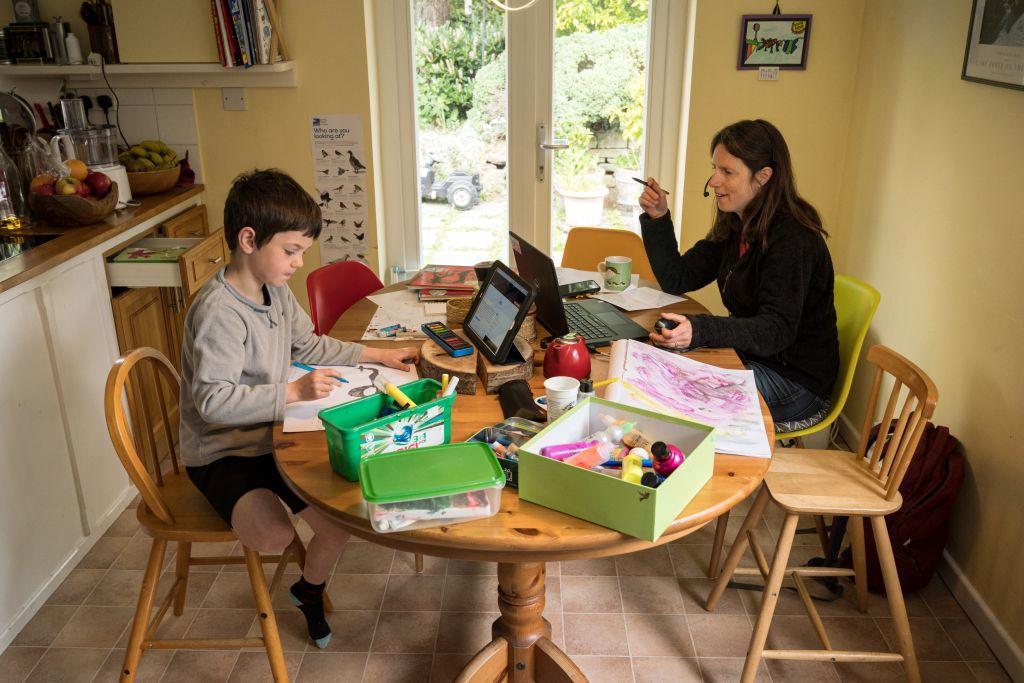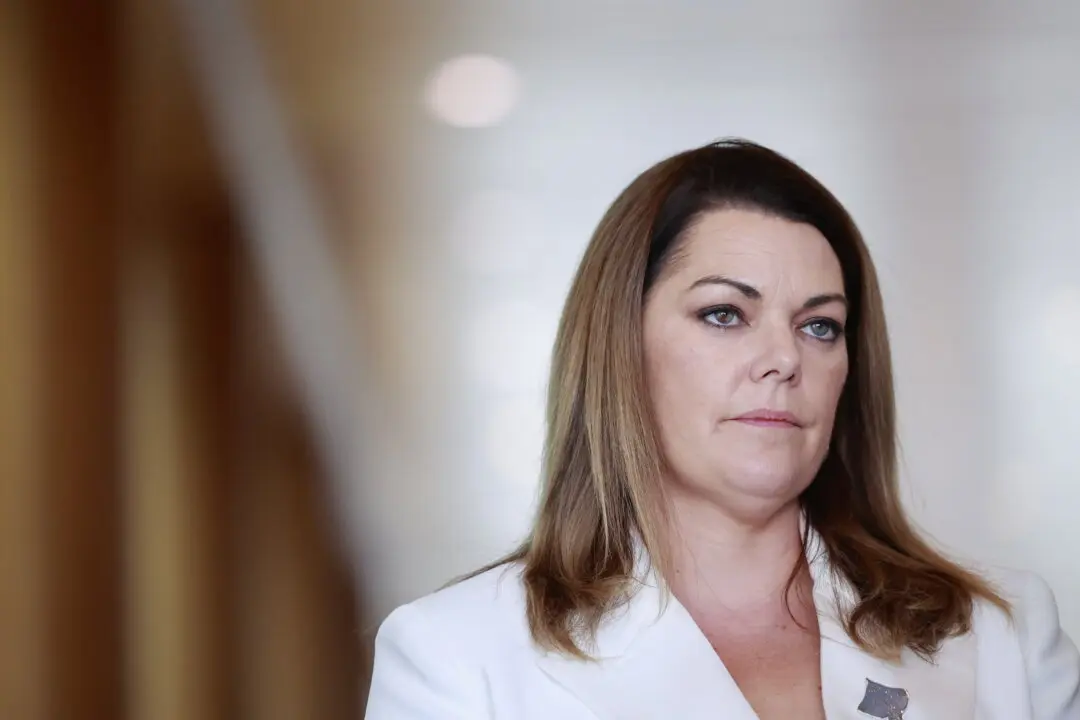Queensland and New South Wales (NSW) are taking different paths on hybrid working arrangements, with Queensland confirming it will not force public servants to return to the office, while NSW ordering a minimum three-day office presence.
Queensland Premier Steven Miles champions flexible working arrangements for public servants, emphasising the state’s strong economy and recovery of public transport usage.





